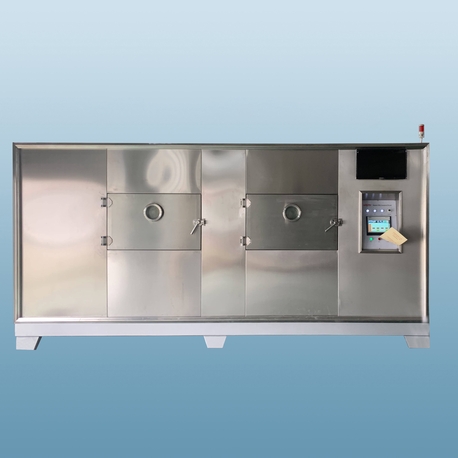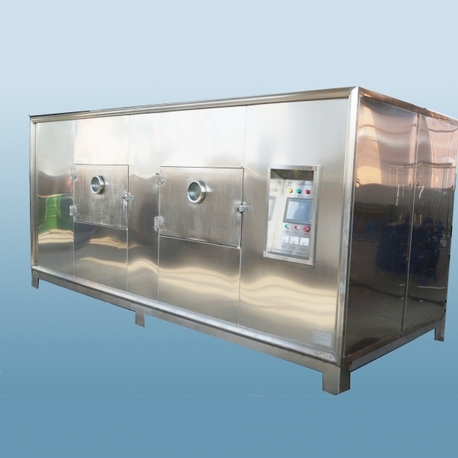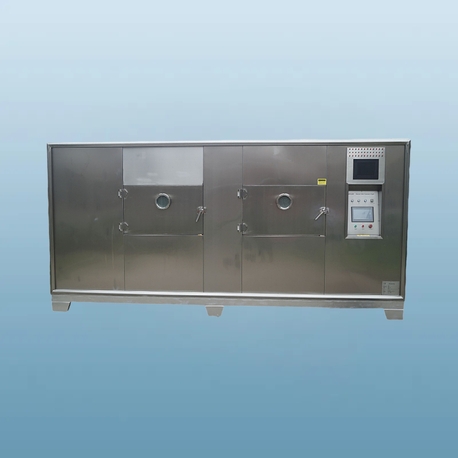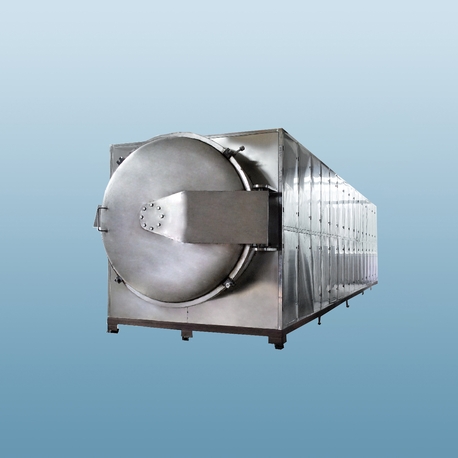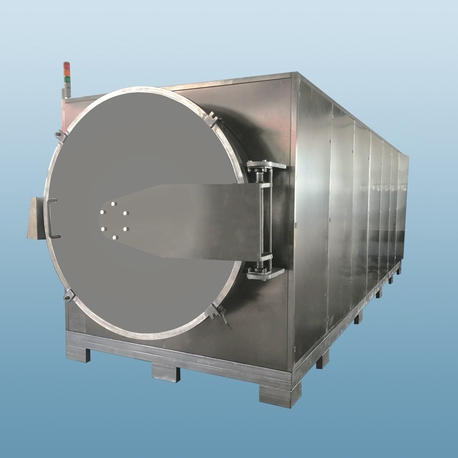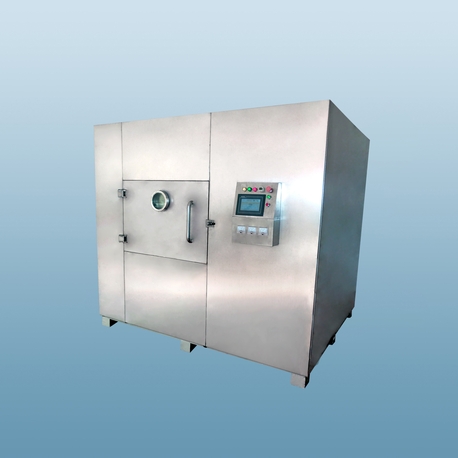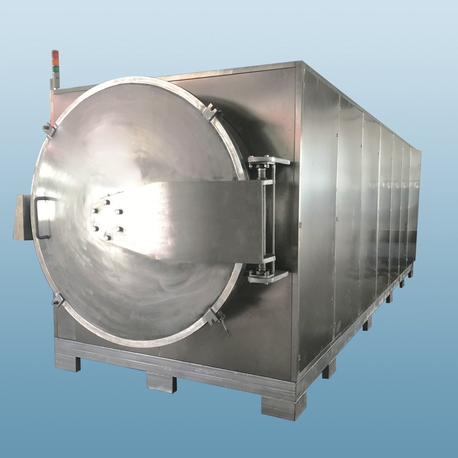Have you ever marveled at the delicate beauty of dried flowers and wondered how to achieve that perfect preservation at home? Whether you're a gardening enthusiast, a craft lover, or someone looking to extend the life of seasonal blooms, a flower dehydrator can be your secret weapon. This versatile appliance is designed to gently remove moisture from flowers, maintaining their color, shape, and fragrance for long-term use. In this article, we'll dive deep into the world of flower dehydrators, uncovering how they work, why they're beneficial, and how you can make the most of them in your projects. From selecting the right model to exploring creative applications, you'll discover why a flower dehydrator is more than just a kitchen gadget—it's a gateway to endless floral possibilities. Let's get started on this journey to preserve nature's artistry!
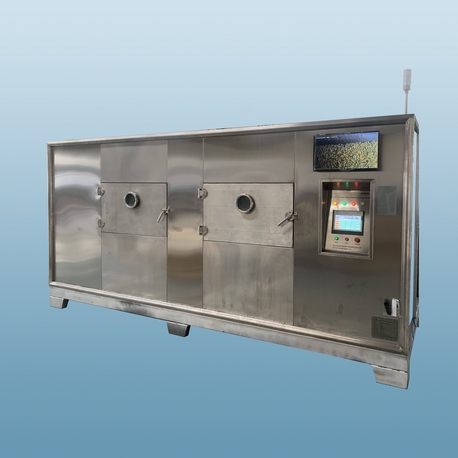
What is a Flower Dehydrator and How Does It Work?
A flower dehydrator is a specialized device used to remove moisture from flowers through controlled airflow and low heat, ensuring they dry evenly without losing their vibrant colors or delicate structures. Unlike air-drying, which can be unpredictable and slow, a flower dehydrator offers a consistent environment that speeds up the process while minimizing damage. Typically, it consists of multiple trays stacked vertically, with a fan and heating element that circulate warm air throughout the unit. This method is ideal for preserving a variety of flowers, from roses and lavender to daisies and herbs, making it a popular choice for DIY projects, culinary uses, and decorative purposes. By using a flower dehydrator, you can achieve professional-quality results in a fraction of the time, allowing you to enjoy your favorite blooms year-round. Whether you're creating potpourri, crafting wedding favors, or simply saving memories from your garden, understanding the mechanics of a flower dehydrator is the first step toward successful dehydration.
The Benefits of Incorporating a Flower Dehydrator into Your Routine
Using a flower dehydrator comes with a host of advantages that go beyond basic preservation. First, it helps retain the natural beauty of flowers by preventing color fading and shrinkage, which often occurs with traditional methods like sun-drying. This means your dehydrated flowers will look almost as fresh as the day they were picked, perfect for arrangements or gifts. Second, a flower dehydrator is efficient and time-saving; most models can dry flowers in just a few hours to a day, depending on the type and thickness, compared to weeks with air-drying. Third, it enhances versatility—dehydrated flowers can be used in everything from homemade cosmetics and teas to art projects and event decorations. Additionally, a flower dehydrator promotes hygiene by reducing the risk of mold and bacteria growth, thanks to its controlled temperature settings. Finally, it's an eco-friendly option, as it allows you to repurpose flowers that might otherwise go to waste, supporting sustainable living practices. By integrating a flower dehydrator into your routine, you unlock a world of creative and practical uses that enrich your daily life.
How to Choose the Perfect Flower Dehydrator for Your Needs
Selecting the right flower dehydrator can seem overwhelming with various options available, but focusing on key features will simplify the process. Start by considering the size and capacity; if you plan to dehydrate large batches of flowers regularly, opt for a model with multiple trays and ample space. A flower dehydrator with adjustable temperature controls is crucial, as different flowers require specific heat settings to avoid damage—for instance, delicate petals might need lower temperatures around 95°F (35°C), while sturdier blooms can handle slightly higher ones. Look for units with even airflow distribution to ensure consistent drying without hot spots. Noise level might also be a factor if you intend to use the flower dehydrator in living areas; many modern designs are quiet and energy-efficient. Additionally, check for ease of cleaning, such as removable trays and dishwasher-safe parts, to maintain hygiene. Finally, consider durability and warranty to ensure your flower dehydrator lasts through many seasons of use. By evaluating these aspects, you'll find a flower dehydrator that aligns with your goals, whether for hobbyist projects or more intensive floral preservation.
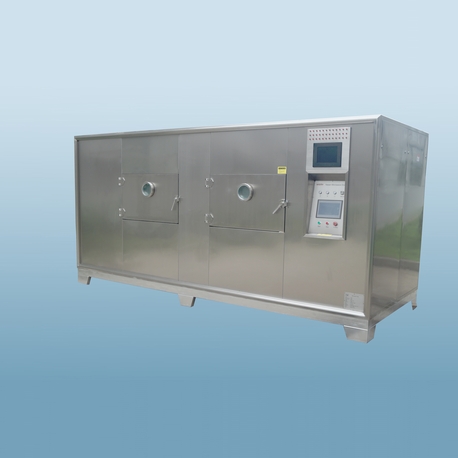
Step-by-Step Guide to Dehydrating Flowers with a Flower Dehydrator
Dehydrating flowers with a flower dehydrator is a straightforward process that yields beautiful results when done correctly. Begin by selecting fresh, blemish-free flowers—harvest them in the morning when their moisture content is highest for optimal preservation. Gently clean the flowers to remove any dirt or insects, and pat them dry with a soft cloth. Next, prepare the flowers by trimming stems and separating petals if needed, arranging them in a single layer on the dehydrator trays to allow proper air circulation. Set the flower dehydrator to the recommended temperature, usually between 95°F and 115°F (35°C to 46°C), depending on the flower type; refer to a guide for specific recommendations. Turn on the flower dehydrator and let it run for several hours, checking periodically for dryness—flowers should feel crisp and brittle to the touch when done. Avoid overcrowding the trays, as this can lead to uneven drying. Once dehydrated, allow the flowers to cool completely before storing them in airtight containers away from direct sunlight. This method ensures that your flowers retain their aesthetic appeal and longevity, making the flower dehydrator an invaluable tool in your preservation toolkit.
Creative Uses for Dehydrated Flowers from Your Flower Dehydrator
Once you've mastered the basics of using a flower dehydrator, the possibilities for creative projects are endless. Dehydrated flowers can be incorporated into homemade potpourri mixes, adding a natural fragrance and visual appeal to any room. They're also perfect for crafting unique jewelry, such as resin pendants or earrings, where the preserved blooms become wearable art. In the kitchen, use dehydrated flowers from your flower dehydrator to infuse teas, sugars, or baked goods with floral notes—think lavender shortbread or rose petal toppings. For home decor, create stunning framed displays or scatter them in candles for a rustic touch. Additionally, dehydrated flowers make thoughtful gifts, like personalized sachets or wedding favors that capture special moments. By exploring these ideas, you'll see how a flower dehydrator can transform ordinary flowers into extraordinary creations, fostering creativity and sustainability in your daily life.
Maintaining and Cleaning Your Flower Dehydrator for Longevity
To ensure your flower dehydrator remains in top condition, regular maintenance is essential. After each use, unplug the unit and allow it to cool completely before cleaning. Remove the trays and wash them with warm, soapy water—if they're dishwasher-safe, this can save time. Wipe down the interior and exterior with a damp cloth to remove any residue or dust, avoiding harsh chemicals that could damage the components. Check the fan and heating element for obstructions periodically, as buildup can affect performance. Store the flower dehydrator in a dry, cool place when not in use to prevent moisture-related issues. By following these simple steps, you'll extend the lifespan of your flower dehydrator and ensure it continues to deliver consistent results for years to come. Remember, a well-maintained flower dehydrator is key to achieving those perfectly preserved flowers every time.
Common Questions About Flower Dehydrators
Q1: What types of flowers work best with a flower dehydrator?
A1: Most flowers can be dehydrated using a flower dehydrator, but some popular choices include roses, lavender, daisies, and marigolds due to their sturdy structures. Delicate flowers like pansies or lilies may require lower temperature settings to prevent wilting. Always research specific flower types for optimal results.
Q2: How long does it typically take to dehydrate flowers in a flower dehydrator?
A2: The time varies based on the flower's thickness and moisture content, but generally, it takes between 6 to 24 hours. For instance, petals might dry in 6-8 hours, while thicker blooms like sunflowers could need up to a day. Using a flower dehydrator with adjustable settings helps tailor the process.
Q3: Can I use a flower dehydrator for other purposes, like drying herbs or fruits?
A3: Yes, a flower dehydrator is versatile and can be used for dehydrating herbs, fruits, vegetables, and even making jerky. Just adjust the temperature and time according to the item—for example, herbs may need lower heat than flowers to retain their oils and flavors.
Q4: Is it safe to leave a flower dehydrator unattended while running?
A4: While flower dehydrators are designed for safe, continuous operation, it's advisable to check on them periodically, especially during the first few uses. Ensure the unit is placed on a stable, heat-resistant surface and follow manufacturer guidelines to minimize risks.
Q5: How do I store dehydrated flowers to keep them fresh?
A5: After using a flower dehydrator, store the dried flowers in airtight containers, such as glass jars or plastic bins, in a cool, dark place. Adding silica gel packets can help absorb any residual moisture and extend their shelf life for months or even years.
In conclusion, a flower dehydrator is a powerful tool for anyone passionate about flowers, offering efficiency, creativity, and preservation benefits. By understanding its functions, benefits, selection criteria, and maintenance, you can make the most of this appliance in various aspects of your life. Start exploring the world of floral dehydration today and see how a flower dehydrator can bring lasting beauty to your projects!


